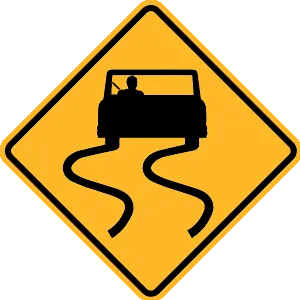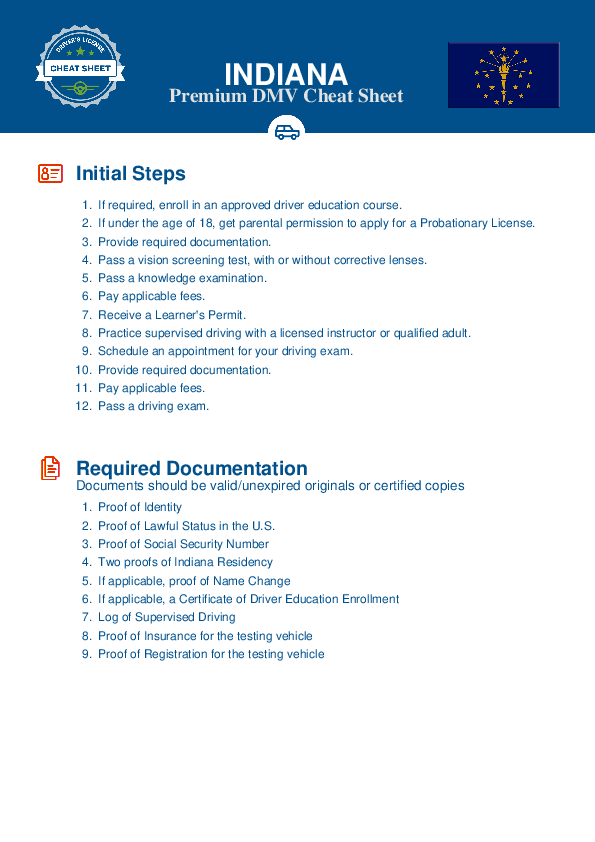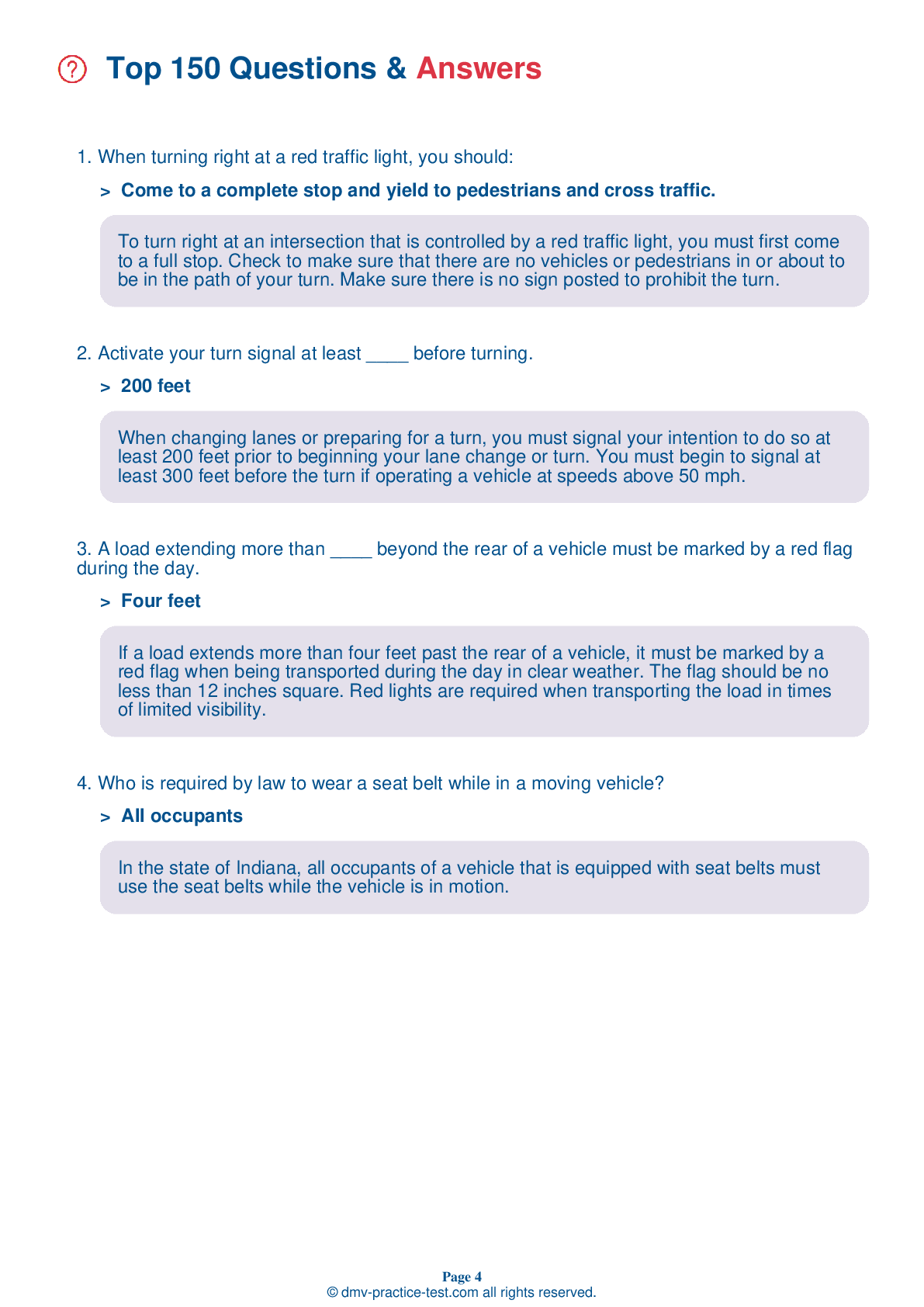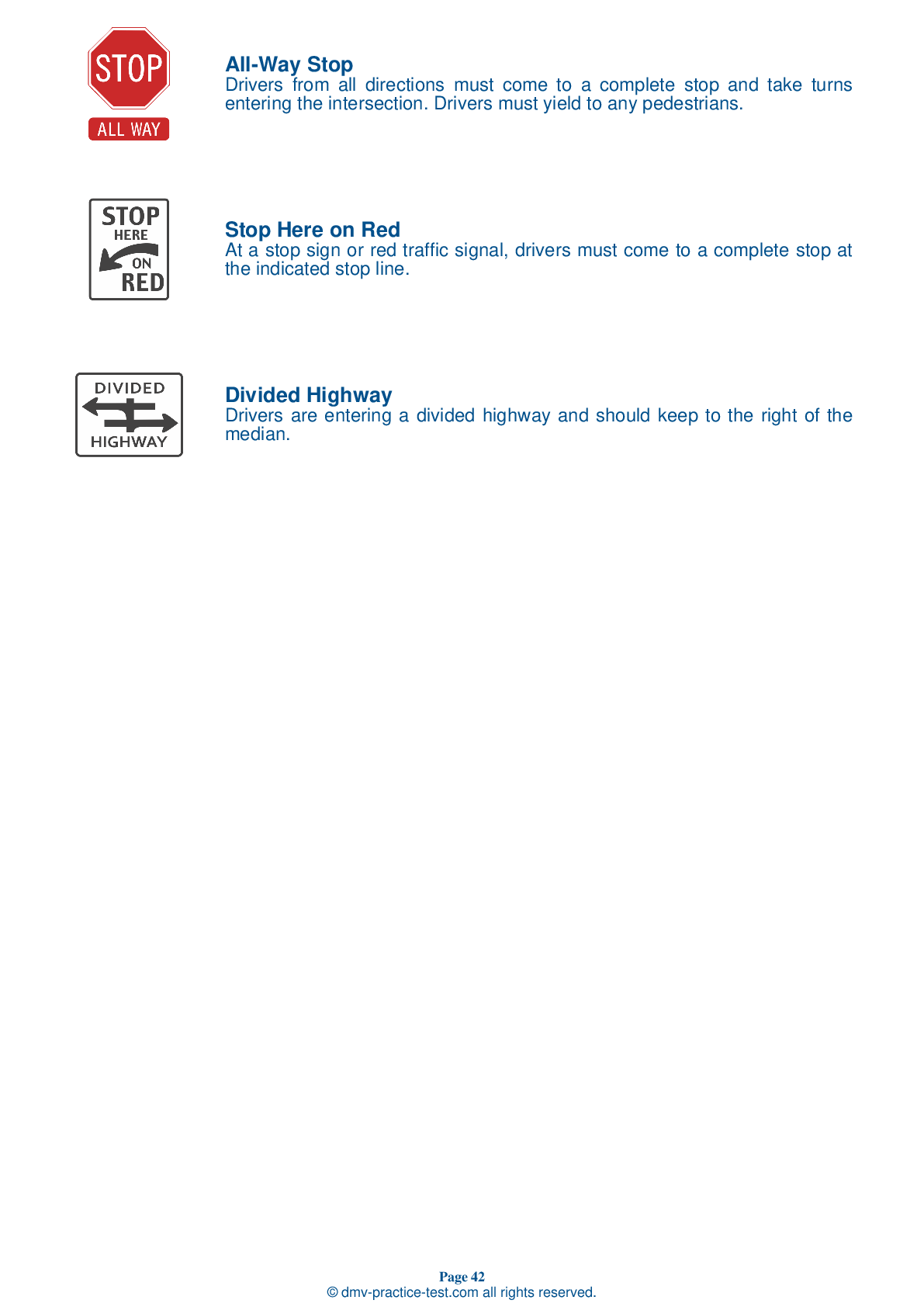FREE Indiana DMV Practice Test #19
This set of Indiana DMV practise tests has been updated for January 2026. It includes questions based on the Indiana Driver Handbook's most significant traffic signals and laws for 2026. Use actual questions that are very similar (often identical!) to the DMV driving permit test and driver's licence exam to study for the DMV driving permit test and driver's licence exam.
On the practise exam, each question gets a tip and explanation to help you remember the concepts. The written component of the official Indiana DMV test will include questions about traffic rules, traffic signs, and driving statutes, as well as information from the Driver Handbook.
To obtain a passing grade, you must correctly answer 44 of the 50 questions. Take our DMV practise exam to help you prepare for your Indiana instruction permit or driver's licence.
The DMV exam is available in several languages.
Using any kind of testing assistance will result in an automatic fail, and the DMV may take additional action against your driver's licence, so stay away from it.
1 . What does an orange-colored sign indicate?
Construction, maintenance, and emergency operations signs are generally orange with black symbols.
2 . A single broken white line down the center of a two-lane road indicates:
White lines are used to separate traffic moving in the same direction. Dashed lines indicate that drivers directly next to the line are permitted to pass when it is safe to do so.
3 . When approaching a railroad crossing warning sign:
Railroad crossing warning signs are used to warn drivers of the possibility of a train. Drivers should obey all railroad crossing warning signs and never go around barriers or disregard the warning sign.
4 . To prepare for anything coming up on the road ahead, you should:
Your ability to handle dangerous traffic situations depends largely on searching for and identifying problems before meeting them. Looking far ahead of your vehicle does not mean you should simply stare at the center of the road. You need to continually scan the entire road, including the sides of the road.
5 . This sign means:

This sign warns that the road is slippery when wet.
6 . Over 93 percent of all fatal collisions have been recorded as having ____ as the primary cause.
Accidents are often caused by either a driver’s lack of attention and/or a driver’s failure to observe the rules of the road. Being alert and following the laws of the road are important responsibilities of drivers.
7 . This road sign means:




